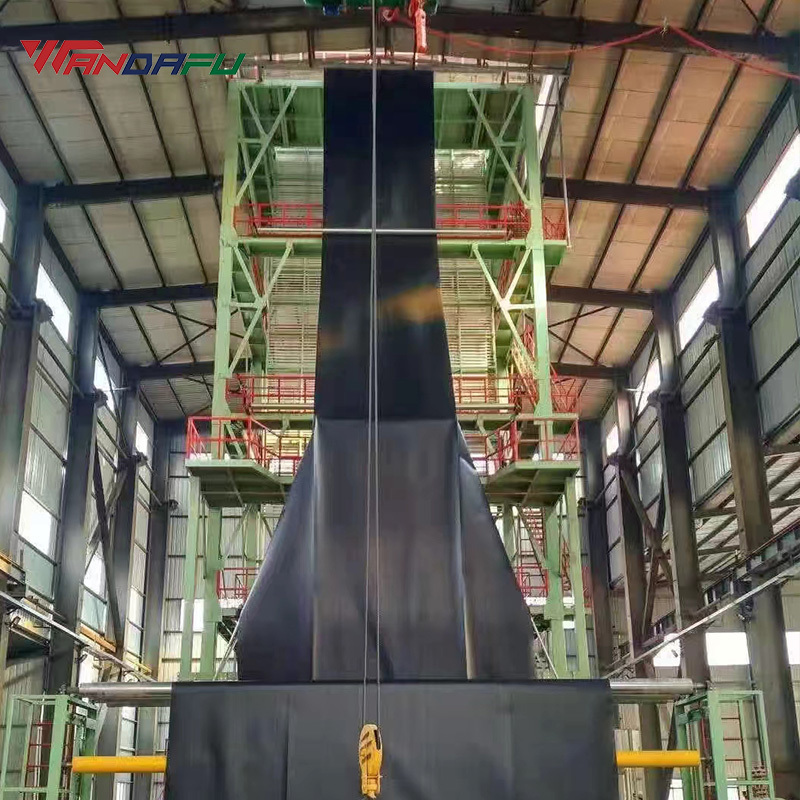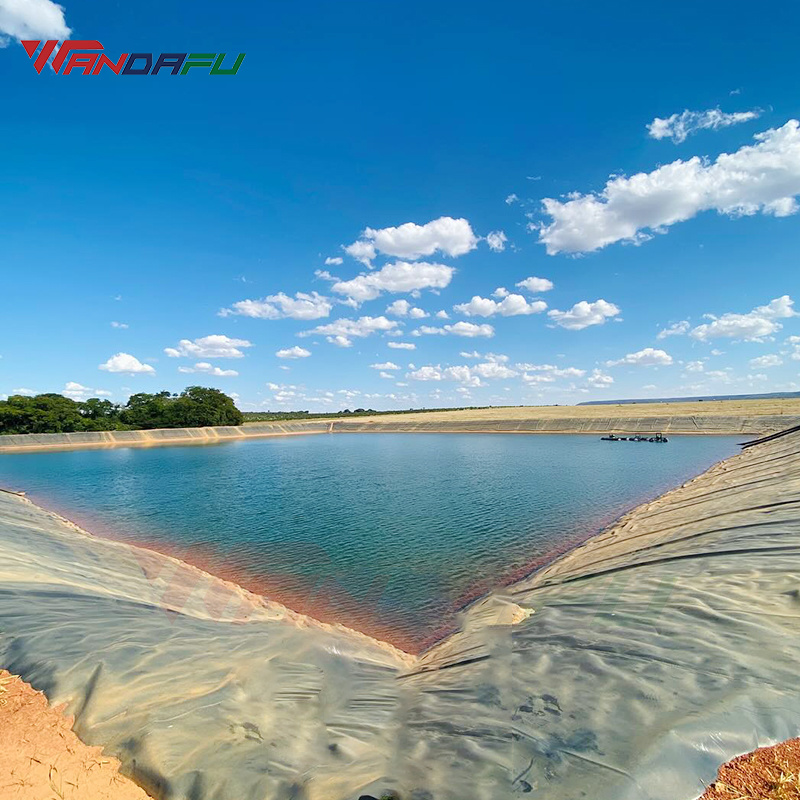
What Is the Application of 0.75mm Geomembrane?
Release time:
2025-07-25
A 0.75mm geomembrane is a versatile geosynthetic material that has become essential in various environmental and construction applications. This medium-thickness geomembrane offers an optimal balance between performance and cost-effectiveness, making it particularly valuable for projects requiring reliable fluid containment and environmental protection.
Understanding 0.75mm Geomembranes
A 0.75mm geomembrane is a versatile geosynthetic material that has become essential in various environmental and construction applications. This medium-thickness geomembrane offers an optimal balance between performance and cost-effectiveness, making it particularly valuable for projects requiring reliable fluid containment and environmental protection.

Key Characteristics of 0.75mm Geomembranes
1. Superior Impermeability
The 0.75mm thickness provides excellent hydraulic containment with:
-
Water vapor permeability coefficient as low as K≤1.0×10⁻¹³ g·cm/(cm²·s·Pa)
-
Effective prevention of leachate migration in landfill applications
-
Reliable barrier against chemical permeation
2. Enhanced Mechanical Properties
Manufactured using advanced blown film technology, these geomembranes offer:
-
Uniform thickness distribution (±0.03mm tolerance)
-
Balanced longitudinal and transverse tensile strength
-
High elongation at break (typically >700%)
3. Durability Features
-
UV stabilization for extended outdoor service life
-
Resistance to chemical corrosion and microbial degradation
-
Temperature stability range from -70°C to +80°C
Primary Applications of 0.75mm Geomembranes
1. Landfill Rainwater Diversion Systems
In modern waste management facilities, 0.75mm geomembranes play a crucial role in:
-
Creating effective rain/leachate separation layers
-
Preventing groundwater contamination from landfill runoff
-
Serving as intermediate covers during landfill phased construction
2. Aquaculture Containment
Widely used in fish and shrimp farming operations for:
-
Pond lining to maintain water quality
-
Prevention of soil salinity transfer
-
Reduction of water exchange requirements
3. Water Conservation Projects
-
Irrigation canal lining to prevent seepage losses
-
Decorative water feature construction
-
Temporary water storage reservoirs
4. Industrial Applications
-
Secondary containment for chemical processing areas
-
Lining for evaporation ponds
-
Temporary spill containment barriers
Performance Comparison: 0.75mm vs Thicker Geomembranes
| Parameter | 0.75mm Geomembrane | 1.5mm Geomembrane |
|---|---|---|
| Applications | Rainwater diversion, aquaculture, temporary covers | Primary landfill liners, hazardous waste containment |
| Puncture Resistance | Moderate (suitable for prepared subgrades) | High (tolerates more aggressive substrates) |
| Installation Cost | Lower (easier handling and welding) | Higher (requires more labor and equipment) |
| Project Lifespan | 10-15 years (with proper installation) | 20-30 years |
| Permeability | Equivalent performance in fluid containment | Equivalent performance in fluid containment |

Installation Best Practices for 0.75mm Geomembranes
1. Subgrade Preparation
-
Remove all sharp objects and vegetation
-
Compact soil to 95% standard Proctor density
-
Install protective geotextile when required
2. Welding Techniques
-
Use dual-track hot wedge welders for primary seams
-
Maintain optimal temperature (300-350°C for HDPE)
-
Conduct regular peel and destructive tests
3. Quality Control Measures
-
100% visual inspection of all seams
-
Air pressure testing of dual-track welds
-
Regular thickness verification during installation
Standards and Certifications
0.75mm geomembranes typically comply with:
-
National Standards: GB/T 17643-2011 (China)
-
International Equivalents: ASTM GM-13, GRI-GM13
-
Environmental Certifications: NSF/ANSI 61 for potable water contact
Cost Considerations
The 0.75mm thickness offers significant economic advantages:
-
Approximately 30-40% material cost savings compared to 1.5mm geomembranes
-
Reduced transportation costs due to lighter weight
-
Faster installation times lowering labor expenses
Conclusion: Selecting the Right Geomembrane Thickness
While 0.75mm geomembranes may not be suitable for primary landfill liners (which typically require ≥1.5mm), they provide an excellent solution for:
-
Secondary containment applications
-
Temporary environmental protection
-
Projects with budget constraints but still requiring reliable performance
For projects where long-term durability under extreme conditions isn't the primary concern, 0.75mm geomembranes offer an optimal combination of performance and value. Always consult with a geosynthetics specialist to ensure proper material selection for your specific application.
Latest News



